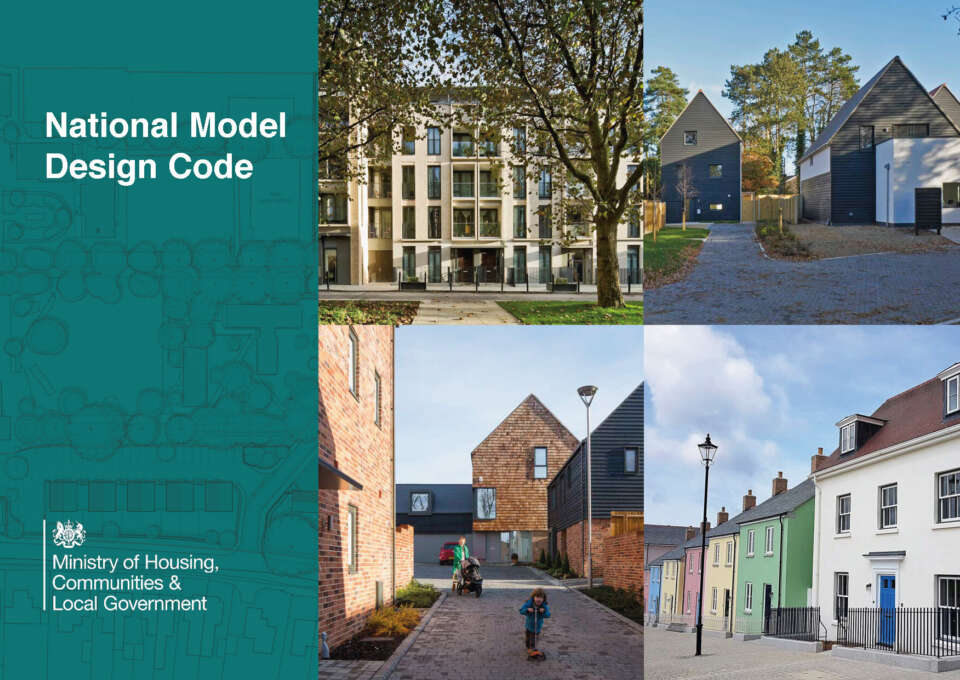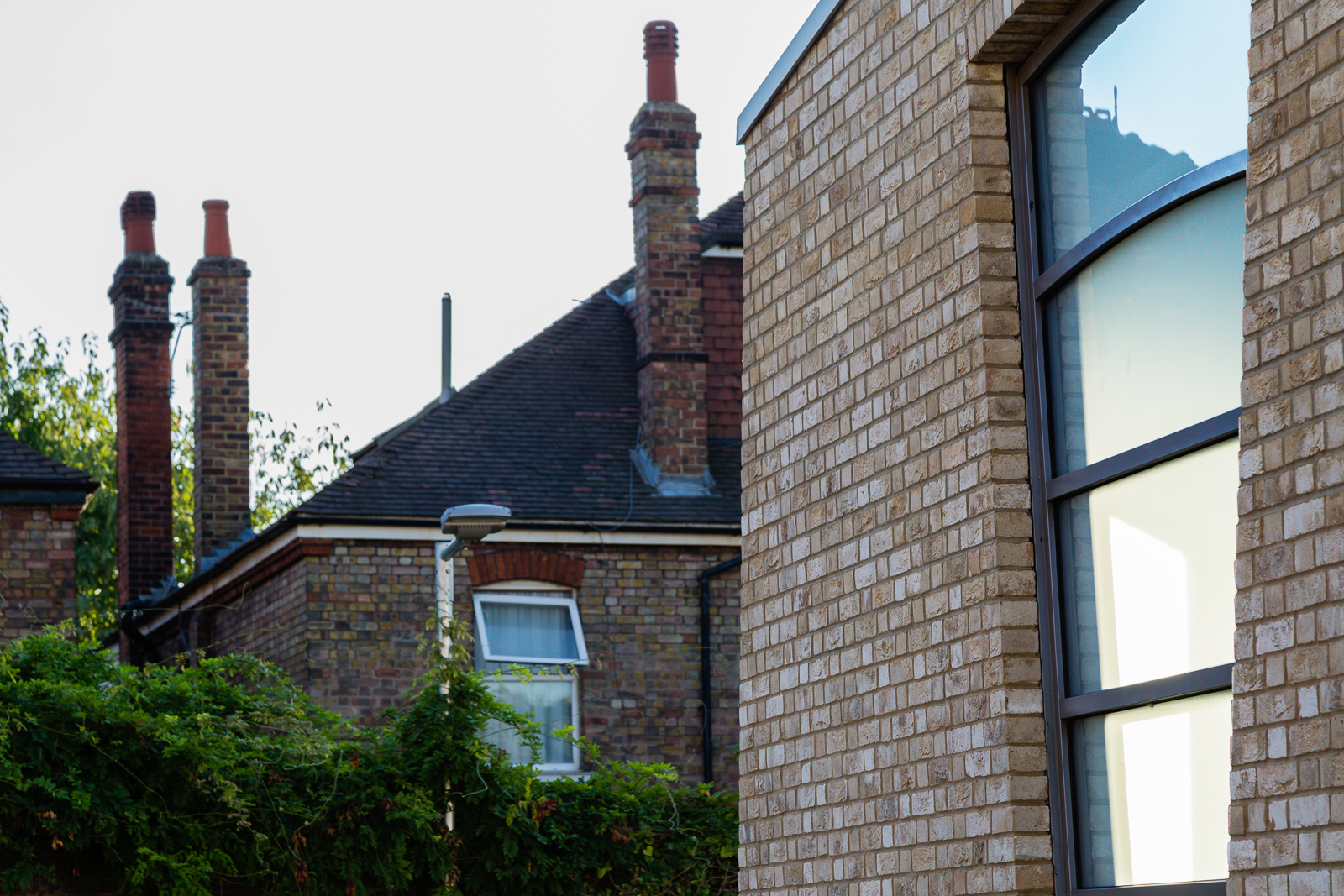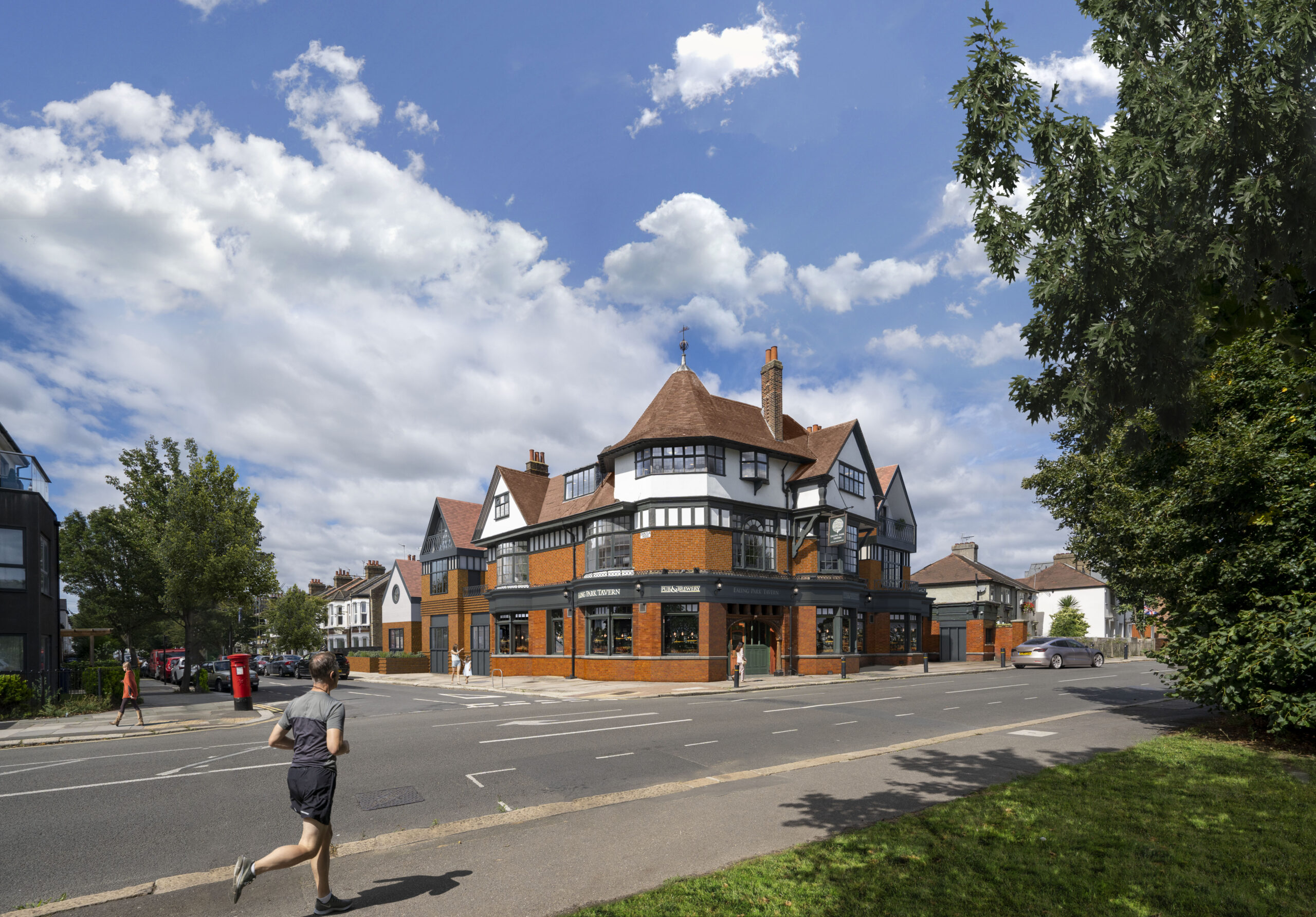Deciphering Design Codes and Beauty: A guide for developers and architects
NEWS
Deciphering Design Codes and Beauty: A guide for developers and architects
Michael Gove, Secretary of State for Levelling Up, Housing and Communities, wants more “beauty” in buildings. New design codes and an updated National Planning Policy Framework (NPFF) set out new principles for “good design,” but there are valid concerns about how an abstract concept such as beauty can become codified, graded, and judged.
Despite the lack of clarity, developers and architects who fail to understand and implement these changes could find new project applications rejected at the planning stage. In this article, we explore what beauty and good design could be regarded as and include some examples for developers and architects to maximise your chances of gaining project approval.

National Model Design Code – Ministry of Housing, Communities & Local Government
What is beauty?
There have been vocal concerns over introducing words such as beauty and character in the NPPF. The RIBA claims that the lack of definition in such terms will result in beauty being a reason to refuse a development. Industry Publication ‘The Planner’ believes the word “beauty” adds unnecessary confusion to the phrase “good design” and removes certainty for developers.
It’s easy to understand the confusion and frustration when you read the definition of beauty in the NPPF:
“It is the benchmark that all new developments should meet. It includes everything that promotes a healthy and happy life, everything that makes a collection of buildings into a place, everything that turns anywhere into somewhere, and nowhere into home.”
It’s obviously lacking – but could missing definitions of “beauty” and “character” be intentional?
The lack of a definition of beauty means local planners can apply them contextually. Rigidly enforcing beauty may result in architectural harmony, but there is a risk it could lead to stifling homogeneity and a lack of imagination through design.
While it’s true that there is no universal definition of beauty and character, as designers and architects, we know it when we see it. Walk down any street, and we can all point out the buildings that are – and are not – beautiful and characterful. We can pick out those in character and those out of character simply by looking at them in context.
Viewed through another lens, perhaps these words have been chosen simply because they are vague enough to empower planners to block schemes lacking in identity they could otherwise not refuse.
Regardless of the motivations behind the new Design Codes, they have landed – and architects and developers must adapt and respond.

Heath Lodge – “The separate elements share a distinctive identity, creating a sense of place in accordance with ‘Better Place to Live.” Appeal Inspector | The Planning Inspectorate
Rising to the challenge
While the changes necessitate a response, there’s broad agreement that their introduction won’t stop promising developments from being approved. Instead, the new armaments of the NPPF will be used to block poor quality and unconsidered schemes.
At Autor Architecture, we promote careful design – creating high-quality buildings that fit into local context. To do this, we develop a detailed understanding of the local area and make this visible for clients and local stakeholders, empowering everyone to come to an agreement over what constitutes the right architectural and urban response. This enables us to create projects and proposals that reflect and respect a place’s history, present, and future.
We’ve developed five principles that we use to ensure that our schemes stand the best chance of approval:
- Understand the context and its character. Then, make this demonstratable in your proposals by developing an architectural narrative that responds to this.
- Choose careful analysis over trial and error. Be proactive in learning as much as possible about the site on an urban, architectural, and functional level as well as the surrounding political, legal and policy level to allow the team to make holistic and prioritised decisions.
- Reason your design logically. In reference to your understanding of the site, but also to cost effective construction, materiality, and functionality. Ensure that design decisions are well founded, so that all stakeholders quickly get the point.
- Present your reasons well, communication is key. We do this through clear imagery and diagrams that provide everyone with the same level of understanding, avoiding confusion. Invest in good visualisations and detailed surveys, so you can prove your proposal fits in well.
- Beauty is achieved when quality meets viability. Developing detailed proposals that reflect the local area and its history generates enthusiasm that is attractive to planners and inspiring for clients and future residents.
The revised NPPF will result in significant changes which all architects and developers must understand and implement. Architects must ensure designs are beautiful while managing the tension between quality and viability. Navigating this is critical for creating schemes and developments that stand the best chance of approval and the test of time.

Ealing Park Tavern – The proposed extensions have been designed in a sympathetic but bold contemporary idiom which has been informed by a detailed understanding of the architectural qualities of the Listed Buildings and their wider townscape context. Heritage Officer, LB Ealing.
